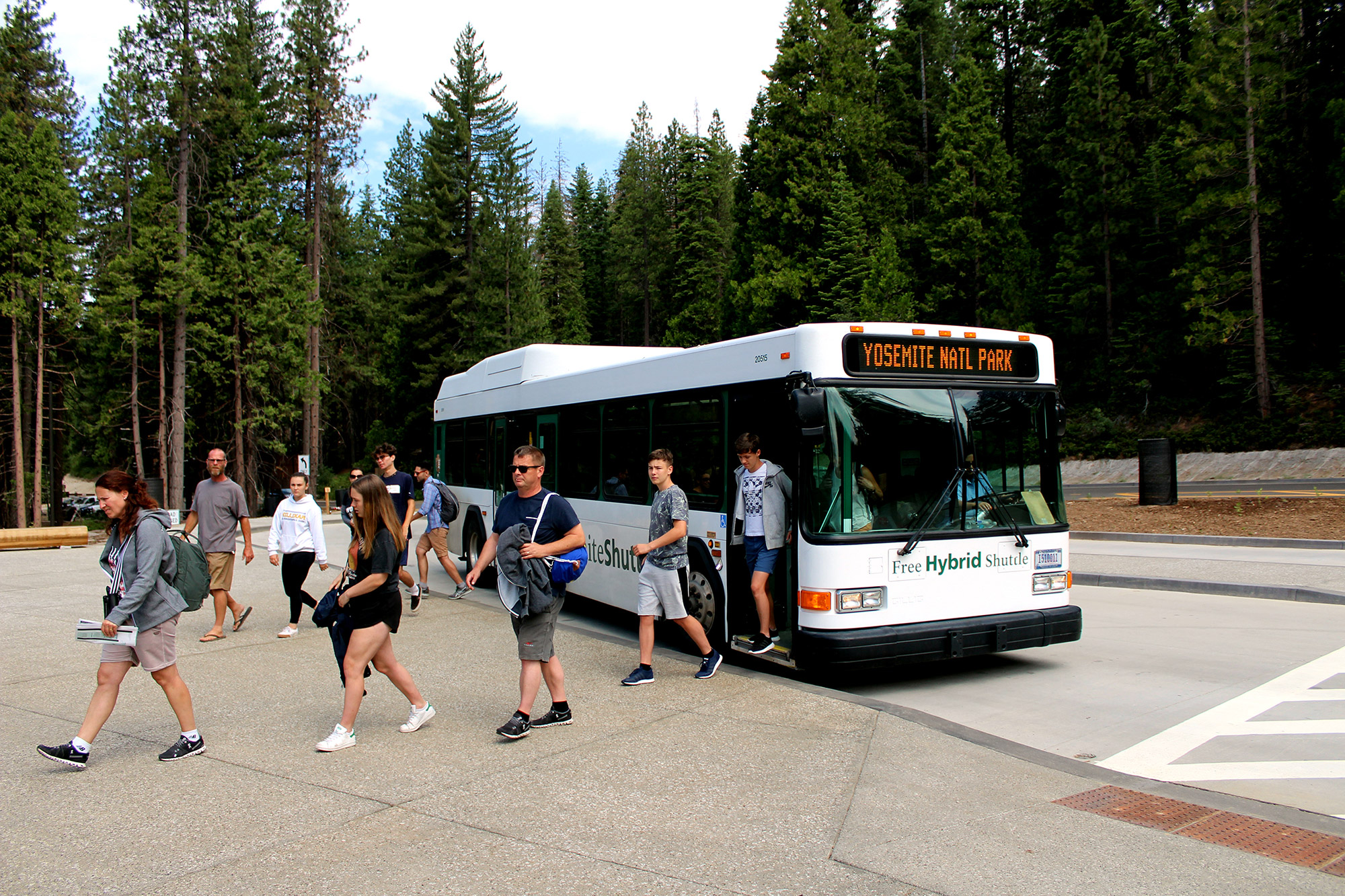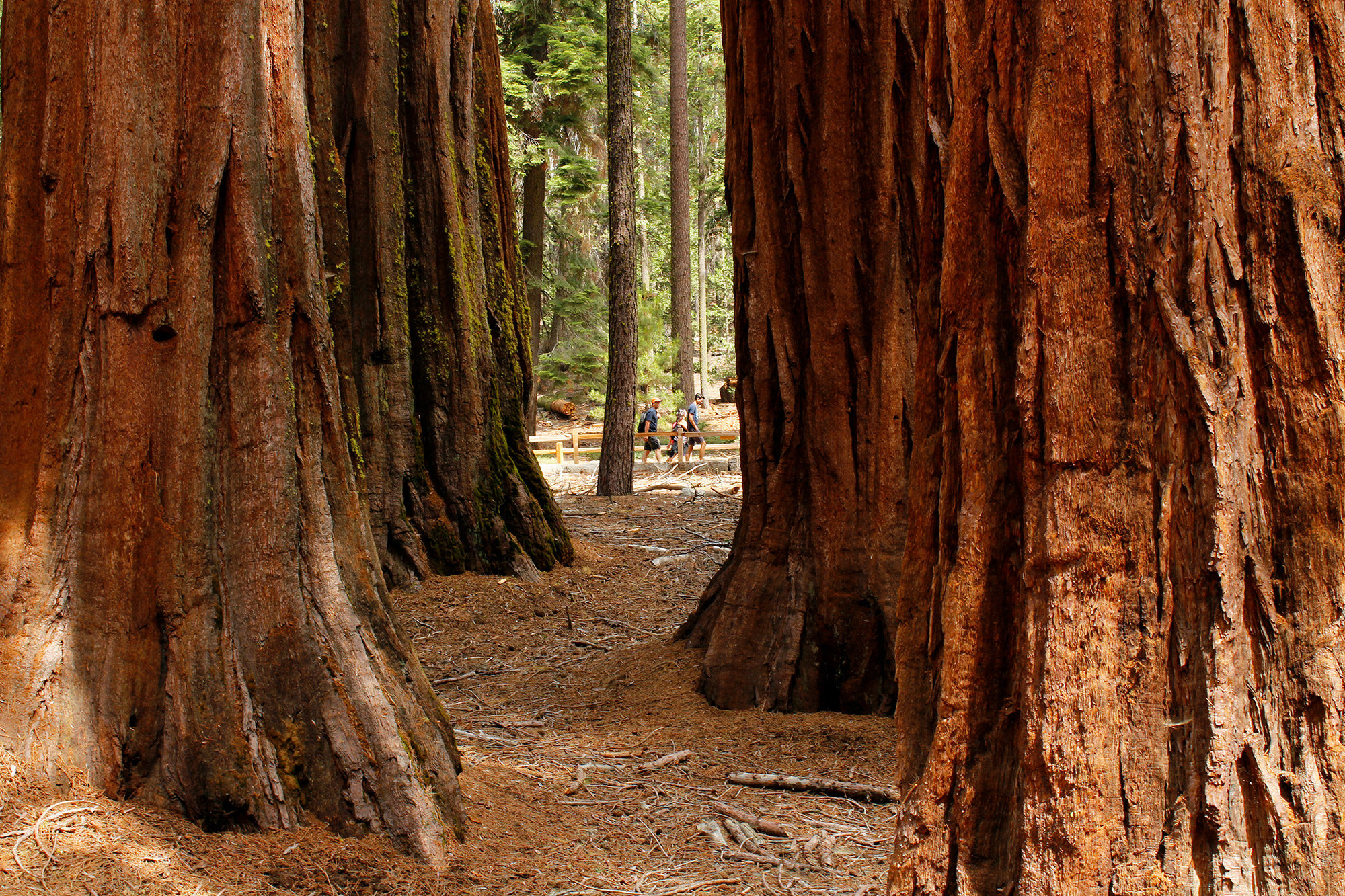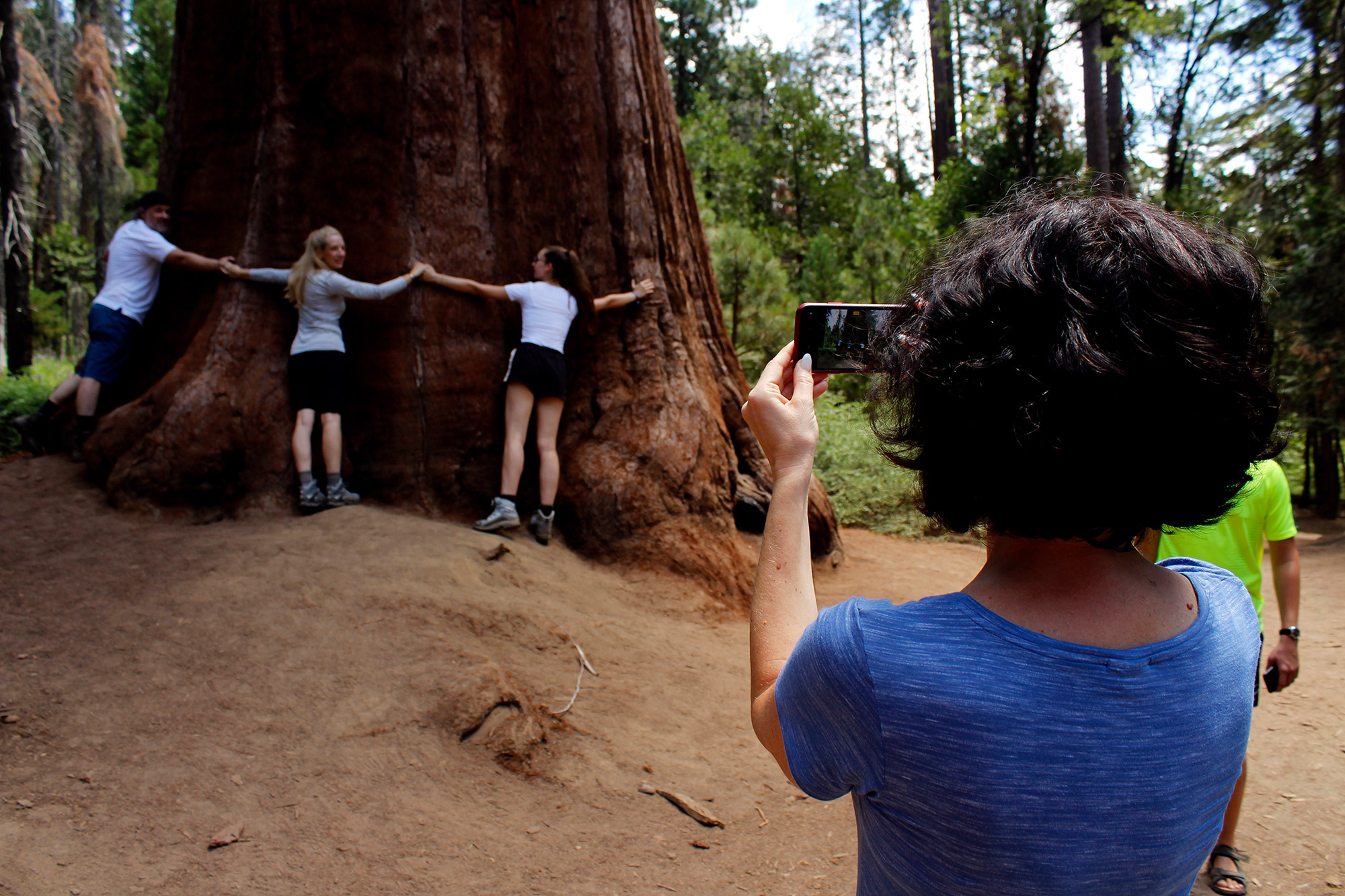By Ron Stauffer
YOSEMITE, Calif. — Mariposa Grove in Yosemite National Park has reopened to the public after a renovation project that lasted three years and cost $40 million.
Home to over 500 Giant Sequoias, Mariposa Grove is the biggest of Yosemite’s three groves where these trees, some of the largest in the world, grow. Foot traffic and wear and tear from vehicles over the years had contributed to the ecological damage of the grove which needed to be repaired.

The renovation project included restoring the natural hydrology of the area, removing entire parking lots and roads, and restoring the naturally-occurring water flow for the trees. This renovation was “the largest restoration project in the history of the park,” according to the National Park Service.
The $40 million needed for the project came from two sources: half was provided by the park service, and the remainder was provided by the Yosemite Conservancy, a nonprofit focused on providing grants for restoration, equipment, and training programs needed by the park.
Giant Sequoias are the largest single-stem trees in the world and only grow in the Sierra Nevada in California. As such, the groves in Yosemite draw visitors from all over the world each year who stare in amazement at their massive size and have their pictures taken hugging the huge tree trunks.

So, of course, shutting down a popular attraction in the park for three long years, even for good reasons, was bound to cause some frustration for visitors.
“I’ve spent the last three years disappointing people by telling them ‘You can’t go up into the grove,'” said Park Ranger Jeff Lahr.
Lahr has been working in the grove for almost three decades.
“I have worked here in Mariposa Grove since 1991. So this is my 28th year. Except for the last three years because it was closed for restoration,” he said.

During the closure, he worked in the Wawona district and at the visitor center in Yosemite Valley. Like many of the visitors, he’s happy that the grove has reopened.
Although $40 million sounds like a lot of money, a lot of the work was performed on improvements that most visitors won’t notice. There are some major visual impacts like a brand-new visitor center with flushing toilets and running water, and a bigger parking lot at the bottom of the grove, but most of the changes are underground.
“A lot of changes you can’t see because the renovation was mostly for the health of the trees,” Lahr explained. “For example, what you’re walking on here is not soil. This is called ‘True lock.’ It’s more permeable for soil moisture.”
The hydrology of the area was previously compromised due to the paved roads that allowed visitors to drive on, and where huge trucks called trams provided open-air tours for guests. While asphalt pavement and automobiles are an obvious source of impact to the environment, even the lighter trampling of foot traffic has had a significant impact on natural water flow.

“The trees have extremely shallow roots. They’re literally inches under your feet, going no deeper than six feet. We estimate over a million visitors to the trees here. A million visitors. The question is, ‘How many footsteps is that around these very shallow-rooted trees?'”
Aside from the upgrades that directly impact the trees, one of the more obscure items on the park service’s list of improvements, “improving wayfinding,” has had a big impact on the ways visitors use and enjoy the grove.
Before the restoration, none of the trails had names. Now, the trails are named with highly descriptive terms that tell visitors where they’re going and offer hints into the length of the hike required. In addition, many more benches were added for visitors to stop and take a break.

For example, the path up to the Grizzly Giant (the first massive tree visitors encounter in the grove) is now called “Grizzly Loop Trail.”
“This trail was used by maybe 10 percent of the people before. Now that they call it a loop, it’s used by about 80 percent of people, because they know they can come back, and it’s clearly signed,” Lahr said.
Another big change Lahr has noticed is the way people hike. They now have a slower, more relaxed hiking pace while viewing the Sequoias.
“People are much more relaxed… spending time here. It used to be, people were running up to the Grizzly Giant, getting a picture and going back down. And I never thought about it. I mean, I worked here for decades and [didn’t notice that] we didn’t have any benches. You know, we had… two benches here, but now you see them along the way. So people are more relaxed.”

Not everybody is a fan of the new layout in the grove, however. Before the closure, visitors could ride on the tram all the way up to the upper portion of the grove, which is now inaccessible except by walking.
Some people, those with accessibility needs or who can’t walk, have told Lahr, “‘I loved that tram. I’m not a good walker. I’ll never see the upper grove again.’ So that is a downside.”
Mostly, though, he says the response has been favorable. The upgrade is “hugely popular, especially for people that have seen it before.”